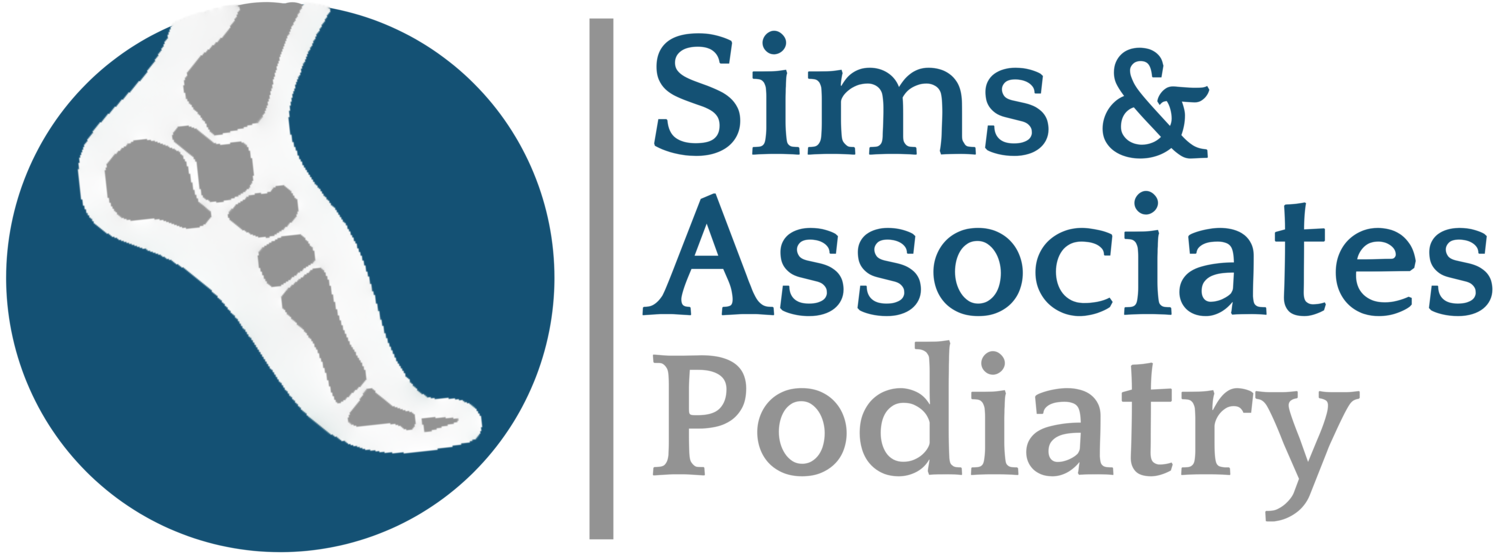What Is Causing Your Heel Pain?
One of the most common complaints that we hear at our office is heel pain. Anyone can suffer from heel pain and there are many possible causes.
Two of the most common causes are plantar fasciitis and heel spurs. These are related– sort of.
Plantar Fasciitis
The plantar fascia is a thick band of tissue that runs along the bottom of the foot and connects the heel bone to the toes. When this tissue becomes inflamed due to tiny tears, plantar fasciitis is the result.
Plantar fasciitis usually is most painful first thing in the morning when you get out of bed. The pain can be severe but will ease up as you walk more and can feel worse after exercise.
Risk factors that can increase your risk of plantar fasciitis include:
Age (between ages 40 and 60)
Being overweight
Stressful activities such as running, jumping and aerobic dance
Being flat-footed or having an extra-high arch
Standing on hard surfaces for long periods
To treat plantar fasciitis, begin with conservative methods such as anti-inflammatory medications, stretching and strengthening exercises. Wearing a night splint to keep the fascia stretched out and custom-fitted orthotics to redistribute pressure more evenly can also help. A Podiatrist or foot and ankle specialist can help with these conservative treatments and also prescribe a brace or custom orthctics. If the pain does not respond to these conservative approaches, injections or surgery could be another option your Podiatrist will discuss with you.
Heel Spurs
A heel spur is bony calcium growth on the underside of the heel bone that can reach as much as one half-inch. A heel spur can cause heel pain, but not always – only 5% of patients with heel spurs will experience pain.
Heel spurs are often associated with plantar fasciitis. Because the heel spur usually is not painful, the heel pain can be treated without removing it. Heel spurs are caused by foot muscle and ligament strains or stretching of the plantar fascia and are commonly seen in athletes who run or jump. Risk factors include running on hard surfaces, wearing shoes without arch support or that are badly worn, obesity and walking gait abnormalities.
If a heel spur is painful, treatments are similar to those for plantar fasciitis.
Other Causes of Heel Pain
There are many other conditions and diseases that can cause heel pain including sprains and strains, fractures, tendonitis, bursitis and arthritis.
If you’re expereincing any type of heel pain it’s best to see a foot and ankle specialist so you can be sure to have an an accurate diagnosis as to what is causing the pain. Improper diagnosis and treatment or worse, no treatment can cause other issues that worsen your injury. Don’t chance it.
If you sustained an injury or have developed pain in your heel, please contact Sims & Associates Podiatry. We can assess you heel pain and properly diagnosed your condition. We’ll also work closely with you to develop the proper plan of care to treat your pain immediately which will get you back to doing all the things you like as soon as possible.
